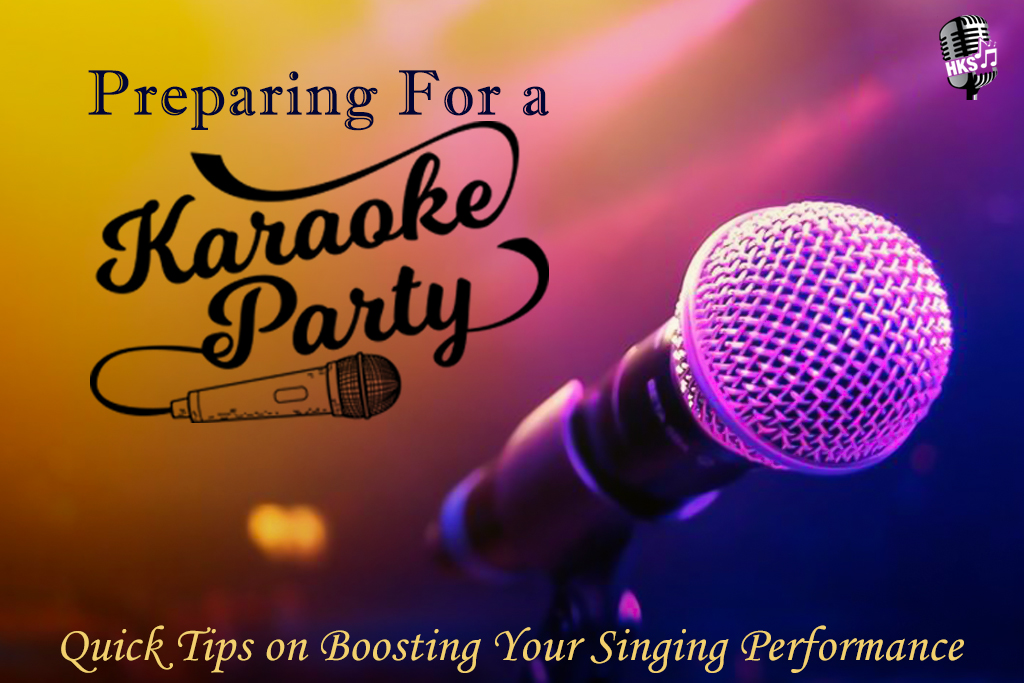Black Friday Store Wide Sale | 35% Off | USE COUPON CODE - BLACKFRIDAY35
.jpg)
When the sound of retro classical music rings through our ears, out of the many instruments whose sound sparkles through our ears, the one percussive instrument which bangs through is the tabla. Whether classical or semi-classical music, tabla has its significance everywhere; if someone were to re-mix retro songs and remove the tablas, something would be missing from the songs, like the soul missing from something.
Indubitably, tabla, like any other instrument, has much significance in Indian music and some Indian sub-continents.
The origin story of tabla can be roughly divided into two; Indian Origin and Muslim and Mughal Origin.
This is because the origin story of tabla is not very clear; there are multiple theories about its origin, which are mainly divided into the two mentioned above.
According to the Indian perspective, tabla's origins may be traced back to an ancient indigenous culture. Some have suggested that a lady playing a pair of drums in stone sculpture engravings at Bhaja Caves proves the tabla's ancient Indian roots. A variant version of this story claims that the tabla emerged from ancient Indian puskara drums and was given a new Arabic name during Islamic control. Hand-held puskara may be seen in several temple sculptures from the 6th and 7th centuries, such as those at the Muktesvara and Bhuvaneswara temples. Drummers seated with two or three small drums in their hands, palms, and fingers positioned as if playing the drums are shown in these works of art. According to the Indian perspective, tabla's origins may be traced back to an ancient indigenous culture. Some have suggested that a lady playing a pair of drums in stone sculpture engravings at Bhaja Caves proves the tabla's ancient Indian roots.
A variant version of this story claims that the tabla emerged from ancient Indian puskara drums and was given a new Arabic name during Islamic control. Hand-held puskara may be seen in several temple sculptures from the 6th and 7th centuries, such as those at India's Muktesvara and Bhuvaneswara temples. Drummers seated with two or three small drums in their hands, palms, and fingers positioned as if playing the drums are shown in these works of art.
However, none of these ancient sculptures indicate that the drums were constructed of the same material and skin as the contemporary tabla or played the same melody.
Sanskrit writings provide textual evidence for tabla-like materials and manufacturing processes. The Hindu scripture Natyashastra has the first explanation of tabla-like musical instrument construction methods. Descriptions of paste-patches, such as those seen on a tabla, are also included in this article. How to play these drums is also covered in the Natyashastra. Silappatikaram, South Indian literature written in the early years of the first millennium CE, lists thirty different drums and a variety of stringed and other instruments. However, these are called Pushkar; tabla is only used in later eras.
On the other hand, the Muslim and Mughal theory is based upon etymological links between wordings. The word is derived from the Arabic word tabl, meaning "drum." Beyond the source of the term, this idea cites documentary evidence that Muslim armies invaded the Indian subcontinent with hundreds of warriors riding camels and horses and carrying paired drums. They would beat these drums to frighten the locals and the non-Muslim army, elephants, and chariots they planned to assault. On the other hand, the battle drums did not resemble tabla in appearance or sound; they were massive paired drums known as naqqara (noise, chaos makers).
Another account claims that Sultan Alauddin Khalji's favorite musician, Amir Khusraw, developed the tabla by dividing an hourglass-shaped Awaj drum into two halves. However, no picture, sculpture, or record from his time supports this claim, and it was not included on a list of musical instruments compiled by Muslim historians. Abul Fazi, for example, published an extensive list of musical instruments in his Ain-i-Akbari, which was composed during the reign of Mughal Emperor Akbar, the wealthy patron of music in the 16th century. However, tabla is not mentioned in Abul Fazi's list.
The third story attributes the origin of tabla to an 18th-century musician named Amir Khusru, who is said to have created tabla by cutting a Pakhawaj in half. Instruments that resemble tabla are shown in miniature artworks from this era. According to this view, tabla originated in the Muslim population of the Indian subcontinent and was not an Arabian import. Scholars like Neil Sorrell and Ram Narayan, on the other hand, believe that the legend of cutting a pakhawaj drum in half to manufacture tabla drums "cannot be given much credit."
The History
The invention of tabla was not done directly. Percussive instruments such as drums have existed since the Stone Age. Animal skins were tied tightly around hollow spheres and then hit with sticks, producing sound. These were used for various purposes, such as an emergency call or rhythm during celebrations. Later on, as civilizations got divided, many variations of these percussive instruments came along, one of them being the tabla.
Texts from the Vedic era describe drums and talas. Pushkara (sometimes written Pushkala) was a percussion musical instrument with two or three tiny drums held with strings that existed in the pre-5th century Indian subcontinent, along with other drums such as the Mridang. However, these were not named tabla at the time. A group of musicians playing tiny tabla-like upright seated drums, a kettle-shaped mridang drum, and cymbals is seen in pre-5th century paintings in the Ajanta Caves. Similar stone carvings of sitting musicians playing drums may be found at the Ellora Caves and elsewhere.
Stone sculptures depicting a person playing a tabla-like miniature pair of drums may be seen in several Hindu and Jain temples, including the Eklingji in Udaipur, Rajasthan. Small drums were popular in the south during the Yadava dynasty (1210–1247) when Sarangadeva wrote Sangita Ratnakara. Madhava Kandali, a 14th-century Assamese poet and Saptakanda Ramayana author, mentions tabal, jhajhar, dotara, vina, bn, vipanchi, and other instruments in his rendition of the "Ramayana" (meaning that these instruments existed since the 14th century or earlier). The tabla has contemporary iconography going back to 1799. Iconography engravings discovered in Bhaje caves confirm that the tabla was utilized in ancient India, putting this notion to rest.
Carvings of double hand drums resembling the tabla may be seen in Hindu temples dating back to 500 BCE. The tabla was very popular in ancient India. A sculpture depicting a lady playing the tabla in a dance performance may be seen at the Hoysaleshwara temple in Karnataka.
Over the years, tabla never lost its significance in the world of performing arts. Whether it is music or dancing, tabla plays a major role in both of them. Nowadays, tabla is used in a variety of musical genres. This instrument's primary feature is its ability to imitate any percussion instrument. There is a specific point in Tabla vs. Other Instruments where many musicians compete in playing, known in Indian music as a jugalbandi.
The tabla also plays a vital role in dance accompaniment. Traditional Indian dance genres include Bharatanatyam, Kathak, Odissi, and a variety of other south Indian dances. The tabla is commonly utilized for accompaniment in all of these dance styles, particularly in North Indian Kathak. Various phrases are sung by dancers while dancing and playing on the tabla at the same time.
The tabla is often utilized in singing to show the singer the tala. It can be heard in light music. Tabla is employed in a variety of regional singing styles.
The tabla is a prominent instrument in folk music as well. The tabla is used as the primary percussion instrument in various regional styles of music. Regional percussion instruments such as the ghunghroo, dholak, kartaal, khanjari, and dhol are employed in traditional folk music. Tabla is a popular instrument as well.
Indeed, the tabla is one of the most fantastic instruments used in the wide range of music and dance. With such an origin story, it is also one of the oldest instruments to exist. If you are a tabla player, you know how amazing it feels to play it when someone is singing or dancing. But sometimes, you require a song without its vocals to hear the tabla and practice it along. If you face similar problems while practicing, you do not have to worry anymore! Karaoke Songs are just what you need. High-quality karaoke tracks for your accompanying singer to practice with and for you to practice your rhythms are a blessing.
If you are looking for similar karaoke tracks, be sure to visit Hindi Karaoke Shop because we have a comprehensive library of thousands of classical, semi-classical, regional, and many more types of karaoke tracks that you just might need!
So visit us, and have a great time listening!








Nimit
3 years ago
These things are GORGEOUS. They sound really unique and the craftsmanship is incredible even for production-made units VS culturally hand-made units. Thanks for the review, they're incredible! Thanks for taking the time to explain the origins, functions, as well as include a lot of the cultural influence of these amazing instruments!
Ritvik
3 years ago
Man what a cool instrument, I know congas are nice, but now I will prefer the sound of the tabla In next karaoke.
Neelam Rana
3 years ago
A tabla is not just an instrument, it is an emotion.
Aarti Agarwal
3 years ago
Tabla!!! It always gives relaxation to my mind. Tabla is the best.
Amit Kerketta
3 years ago
History is something I enjoy reading about no matter what the purpose is. I really enjoyed reading Tabla history, you did a great job!
suresh ramaswamy
3 years ago
For me, it doesn't matter what its origin is, the tabla has another level of enjoyment.
Ketan Bhagat
3 years ago
Tabla has another level of enjoyment, and I can enjoy tabla anytime, especially whenever I feel low.
mahima rajoriya
2 years ago
this blog provides a well-researched and engaging account of the tabla's history and significance, making it a valuable read for music enthusiasts and tabla players alike.